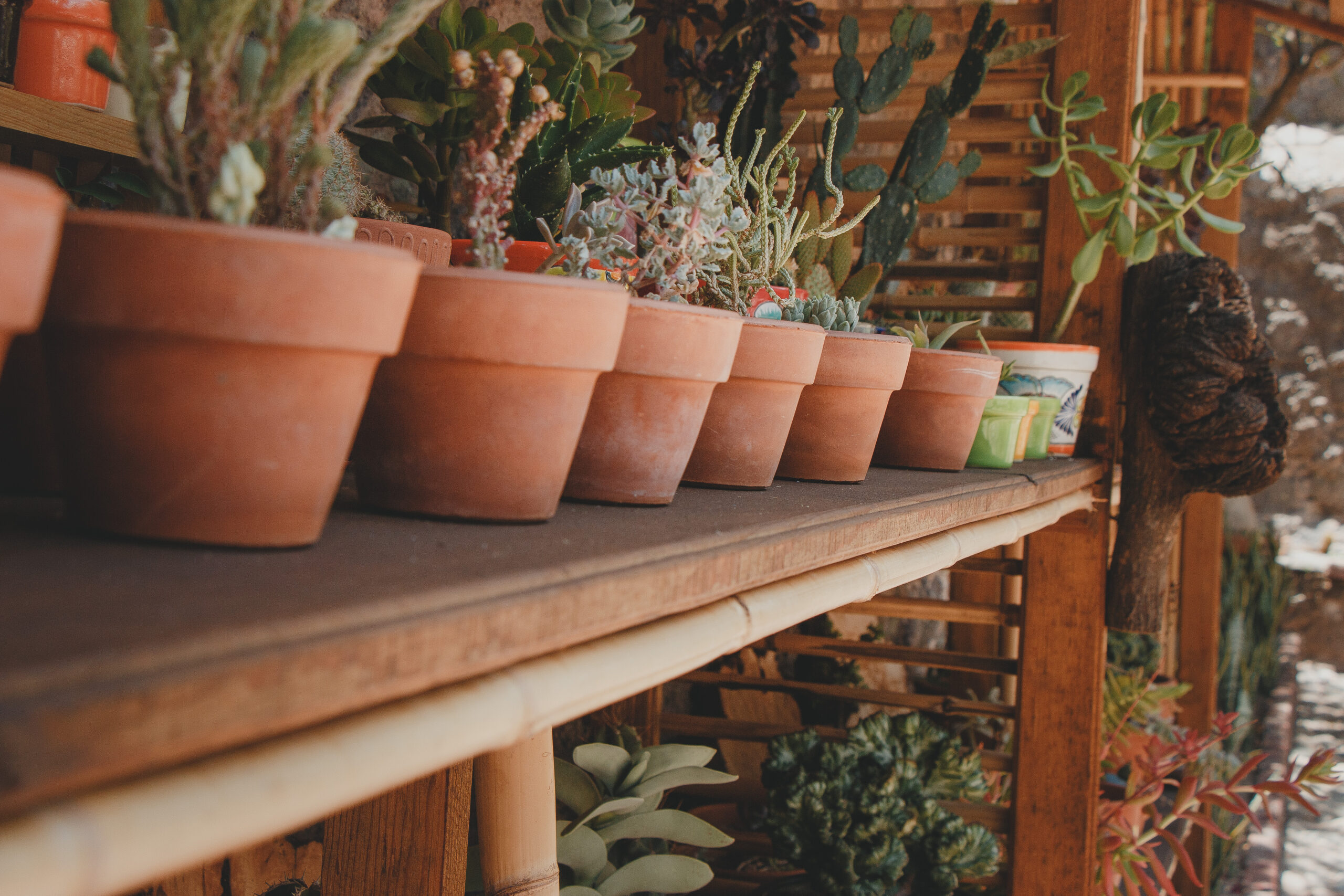Table of Contents
- Why is it difficult to have a garden in an urban area?
- What is urban gardening?
- Why would you grow a garden in a city?
- How do you do urban gardening?
- Final tips
Why is it difficult to have a garden in an urban area?
Most people from urban areas can only dream of having their own garden. Although it’s not completely impossible, several factors often come out as intimidating or challenging for these people, including the lack of resources—lack of space, specifically.
What is urban gardening?
Simply put, urban gardening is the practice of gardening and growing plants of different types in an urban setting. It is the most—if not the only—accessible gardening practice for people in the city.
Why would you grow a garden in a city?
Over the years, urban gardening has been slowly gaining popularity among the mass. Despite the limited space and few other lacking resources required by traditional gardening, many people see this as an opportunity to get creative, be innovative, and to make the most out of what they have.
What are the benefits of urban gardening?
Frankly speaking, urban gardening doesn’t stem far from the traditional planting on the ground. In fact, the former just not offers about the same benefits but provides you those beyond the traditional too—the ones perfect for your lifestyle.
Benefits of urban gardening:
- Ensures efficient use of space
- Inspires creativity
- Drives innovation
- Provides relaxation
- Provides fresh supply of produce
- Provides instant home decors
- Supports recycling and upcycling
- Accessible and convenient
- Economical
How do you do urban gardening?
Methods and techniques of urban gardening
Raised-bed gardening
Instead of on-the-ground planting, this method of gardening is done in about four-foot-wide containment units (usually made of wood). It’s great for growing small plots of vegetables and even flowers while limiting the presence of pests like slugs and snails.
Vertical gardening
This method of gardening is a technique of growing plants vertically, usually on walls. They can also be freestanding. They’re perfect if you want to add an immediate pop of color to your place, without occupying obvious spaces or the need to maintain it too much.
Learn more here: https://www.ambius.com/green-walls/what-are-vertical-gardens/
Container gardening
Container gardening is one of the most popular method of urban gardening. All you’ll ever need for this is a plant/seed of your choice, a good potting mix, some water, and any container with holes for drainage. They’re easy to move around, maintain, and check regularly.
Learn more here: https://igarden101.com/container-gardening-info/
Indoor gardening
This method of gardening is no different. Any plant you decide to grow indoors—just in pots or vertically—is filed under indoor gardening. Generally, it’s perfect for the winter or cold season, so you no longer have to endure freezing while checking on your plants. The three edibles great for indoor gardening are herbs, sprouts, and microgreens.
Hanging pots
This method of gardening is growing plants in hanging containers. This is perfect if you want instant decors to brighten up your home. The more you make use of repurposed containers, the better. Just make sure that your hanging pots can support our growing plant!
Balconies and rooftops
No lawn? No problem. If you have empty rooftops or balconies, you might want to begin growing your garden there too. However, since they’re at a higher altitude, there are a few factors that you must consider more namely: strong winds, intense sun, and accessibility to water.
Urban gardening do’s and don’ts
There are a number of points that you must know first before getting on urban gardening. Although there is no definitive guide for this, below are important dos and don’ts that may guide you really well.
Dos
- Make sure to use appropriate containers for your plants to grow better
- Utilize empty spaces
- Regularly check on your plants
- Recycle as much as you can
- Let colors inspire how you design your garden
- Make sure to use the right soil mix and fertilizers
Don’ts
- Squeeze all your plants in one space
- Overdo it, place your plants everywhere
- Overwater
- Give so much fertilizer
Final tips
- Have an open mind.
- Research.
- Get creative.
- Don’t do it alone.
- Enjoy!






